Porter Matrx MDM Flowmeter Installation guide
- Type
- Installation guide
Porter Matrx MDM Flowmeter is a high-precision device designed to deliver Nitrous Oxide and Oxygen gas mixtures for conscious sedation analgesia. With its advanced features, the MDM Flowmeter offers precise control over gas flow rates and concentrations, ensuring patient safety and comfort during procedures. The flowmeter's intuitive controls and clear visual indicators make it easy to adjust the mixture and monitor flow rates, allowing clinicians to tailor the sedation experience to individual patient needs.
Porter Matrx MDM Flowmeter is a high-precision device designed to deliver Nitrous Oxide and Oxygen gas mixtures for conscious sedation analgesia. With its advanced features, the MDM Flowmeter offers precise control over gas flow rates and concentrations, ensuring patient safety and comfort during procedures. The flowmeter's intuitive controls and clear visual indicators make it easy to adjust the mixture and monitor flow rates, allowing clinicians to tailor the sedation experience to individual patient needs.








-
 1
1
-
 2
2
-
 3
3
-
 4
4
-
 5
5
-
 6
6
-
 7
7
-
 8
8
Porter Matrx MDM Flowmeter Installation guide
- Type
- Installation guide
Porter Matrx MDM Flowmeter is a high-precision device designed to deliver Nitrous Oxide and Oxygen gas mixtures for conscious sedation analgesia. With its advanced features, the MDM Flowmeter offers precise control over gas flow rates and concentrations, ensuring patient safety and comfort during procedures. The flowmeter's intuitive controls and clear visual indicators make it easy to adjust the mixture and monitor flow rates, allowing clinicians to tailor the sedation experience to individual patient needs.
Ask a question and I''ll find the answer in the document
Finding information in a document is now easier with AI
Related papers
-
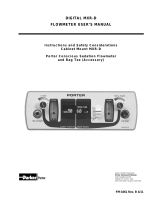 Porter Digital MXR D Cabinet Mount Flowmeter User manual
Porter Digital MXR D Cabinet Mount Flowmeter User manual
-
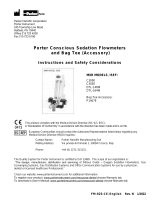 Porter Sedation Flowmeters and Bag Tee Operating instructions
Porter Sedation Flowmeters and Bag Tee Operating instructions
-
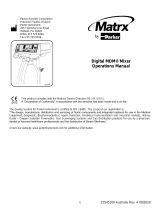 Porter Matrx Digital MDM Operations Manual
Porter Matrx Digital MDM Operations Manual
-
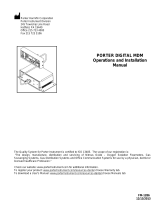 Porter Digital MDM Flowmeter User manual
Porter Digital MDM Flowmeter User manual
-
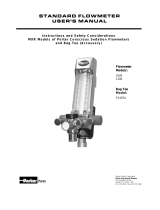 Porter Standard Flowmeter User manual
Porter Standard Flowmeter User manual
-
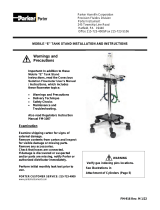 Porter Mobile "E" Tank Stand Operating instructions
Porter Mobile "E" Tank Stand Operating instructions
-
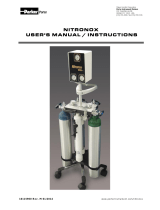 Porter NITRONOX User manual
Porter NITRONOX User manual
-
 Porter 2 Cylinder Mobile Cart User manual
Porter 2 Cylinder Mobile Cart User manual
-
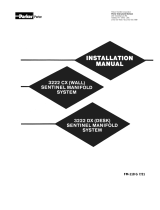 Porter Sentinel Manifold System Installation guide
Porter Sentinel Manifold System Installation guide
-
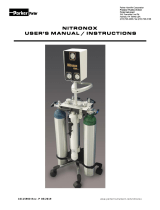 Porter Nitronox User manual
Porter Nitronox User manual
Other documents
-
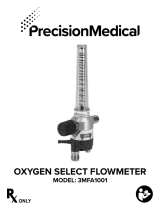 Precision Medical 3MFA1001 Oxygen Select Flowmeter User manual
Precision Medical 3MFA1001 Oxygen Select Flowmeter User manual
-
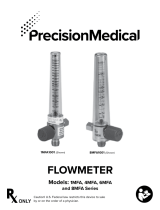 Precision Medical 1MFA Oxygen Chrome Flowmeter User manual
Precision Medical 1MFA Oxygen Chrome Flowmeter User manual
-
Mindray A3 and A5 User manual
-
Mindray AS3000 User manual
-
Mindray A5 User manual
-
Mindray A4 and A5 User manual
-
Crane EE-5955 User guide
-
Mindray A7 User manual
-
Motion Concepts PROTE2S User manual
-
Mindray A7 User manual



















